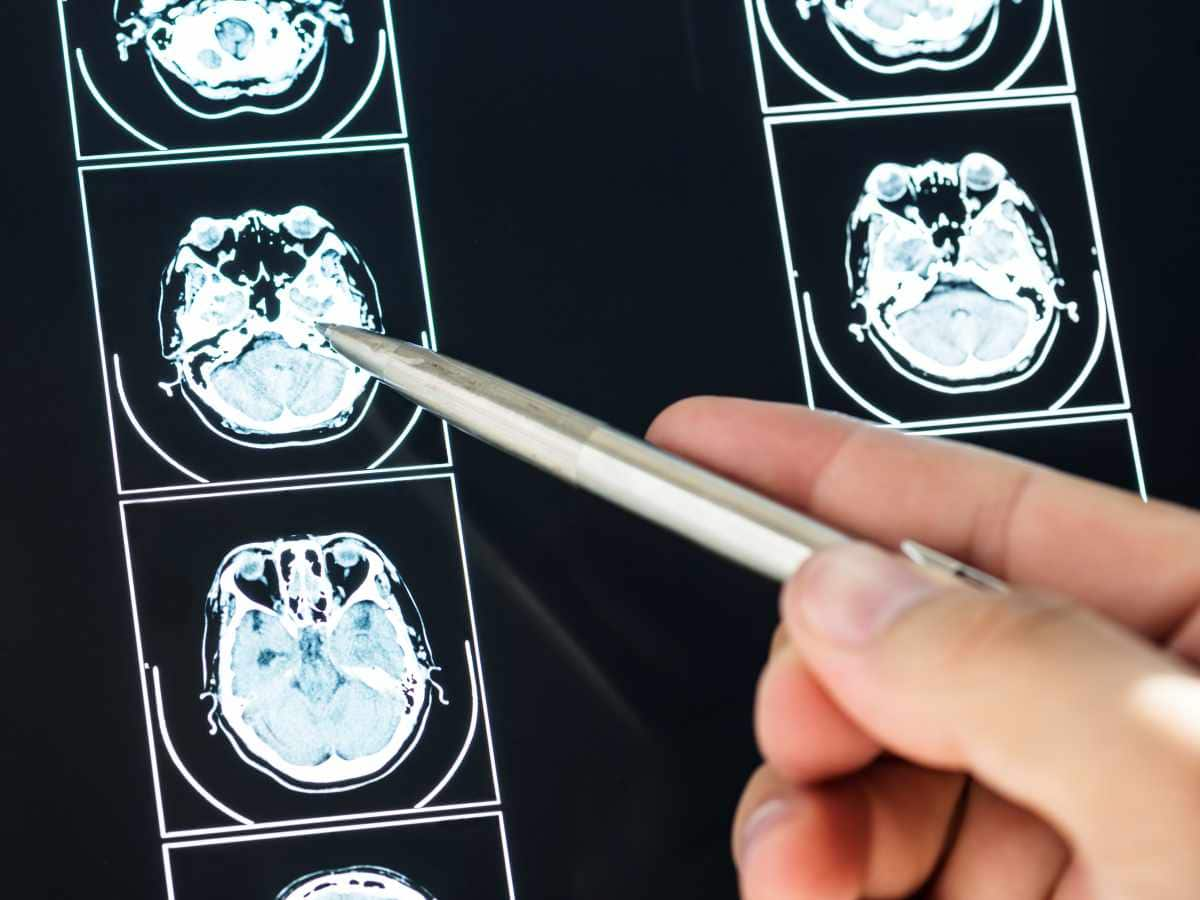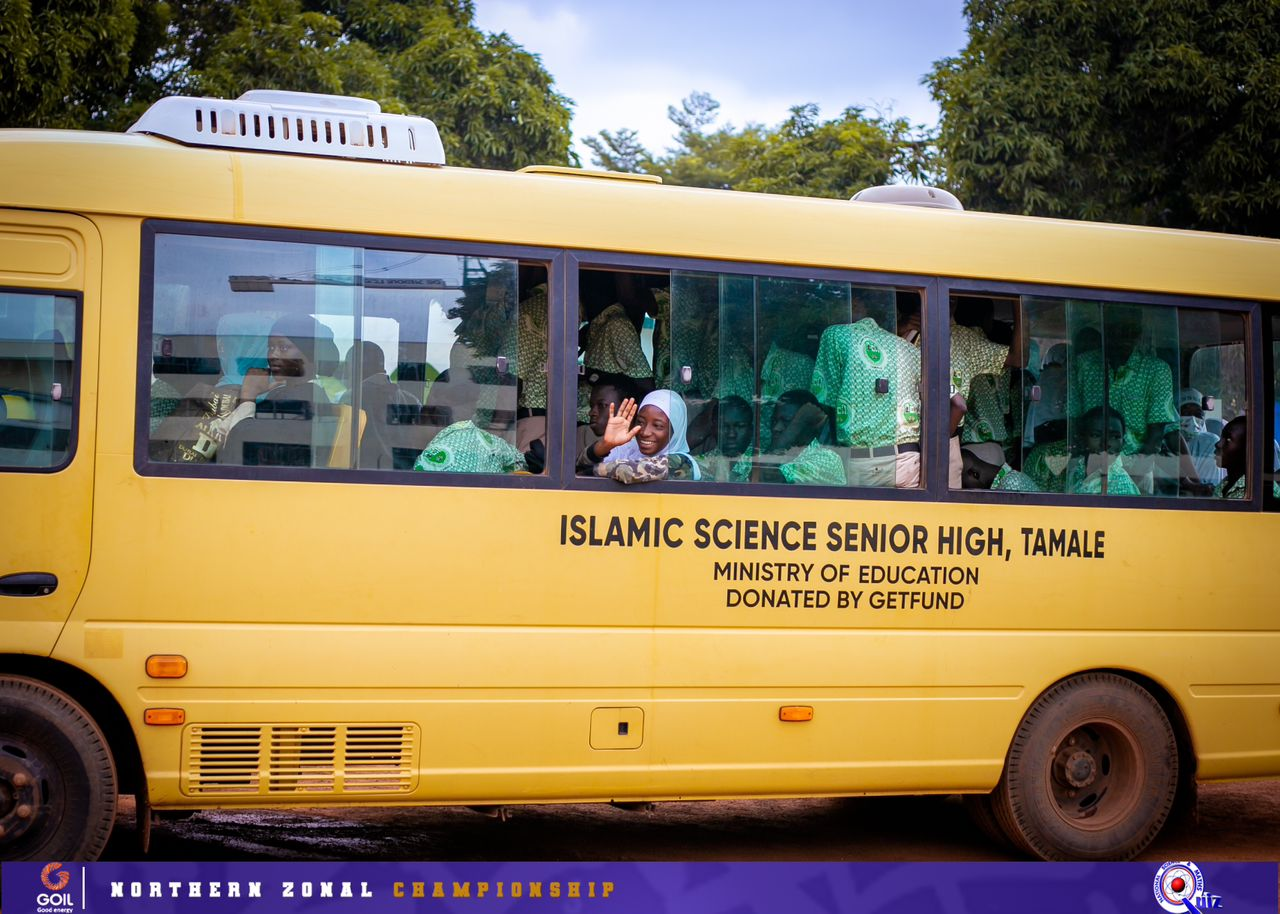Dealing With Pediatric Brain Tumours Is Challenging: Know About Some Treatment Approaches

Children's health and well-being is a broad subject, for there are many health issues that are unique to kids and complicated in nature. Pediatric brain tumours are among them, and they are considered to be a tad challenging to treat. Brain tumours in children are 'abnormal' and 'uncontrolled' growth of brain neurons and supporting glial cells. -- -- explains that sometimes the growth of the tumour starts while the baby is in-utero. The progressive tumour growth can exert mechanical pressure on the brain surface, compromising its ability to function in an optimal manner, the doctor states.
The most common types of pediatric brain tumours, the doctor says, are low grade gliomas, craniopharyngioma, medulloblastoma, pilocytic astrocytoma, germinoma, and ependymoma.
"In infants, the most common symptom of a brain tumour is the progressive enlargement of the head (macrocephaly), irritability, refusal to feed, vomiting and excessive sleepiness, vision loss, and visual field defects. Other signs include disproportionately increasing head circumference, frontal bossing, engorged and tortuous scalp veins," he says, adding that in children, a brain tumour can exhibit signs like intermittent headaches, vomiting, visual blackouts, convulsions, drowsiness, and unconsciousness. In fact, they may also complain of unsteady gait, neck pain, double vision, and sphincter incontinence.
While surgery is primary treatment method to achieve decompression and diagnosis of the type of brain tumour, the treatment of pediatric patients presents unique challenges since they have a low threshold for blood loss, hypothermia, hypoxia, hypercarbia, fluid and electrolyte imbalance, Dr Muzumdar says.
He goes on to explain that the surgery involves 'safe maximal removal' of the brain tumour. "The aim is complete resection, as far as possible. The tumour blocks the flow of cerebrospinal fluid (CSF) causing hydrocephalus, which means increased fluid volume and pressure in the fluid cavities of the brain -- termed 'ventricles'. The management of hydrocephalus in infants can be challenging, usually treated with endoscopic third ventriculostomy or ventriculoperitoneal shunt, either before or after the surgery, depending on the neurological condition of the patient," the expert explains.
According to the doctor, postoperative care is also crucial. "There are challenges related to intensive care, ventilatory management and rehabilitation."
He adds that surgical treatment is carried out by a multidisciplinary team at a tertiary care hospital including pediatric intensive care, pediatric nursing team and rehabilitation, where both surgery and post-operative care is carried out. The multidisciplinary team for long-term care involves pathologist, radiologist, and medical oncologist.

The neurosurgeon says advancements in the field of brain tumour treatment and removal -- like the advent of neuronavigation, intraoperative 3D ultrasound, and CUSA (ultrasound scalpel) -- have helped in precise localisation and removal of the tumour.
"For example, the use of techniques like intravenous fluorescein dye during surgery helps us to exactly map malignant gliomas and maximise tumour resection. This enhances the chances of the patient's overall survival. In terms of chemotherapy, the most recent advances include neoadjuvant chemotherapy for malignant brain tumours to shrink the tumour preoperatively, which aids in radical resection. Rapid advances in molecular oncology have enabled doctors to precisely diagnose the tumour preoperatively and help in risk stratification as well intensification and de-escalation of surgical and adjuvant therapy protocols," he states.
The doctor concludes by saying that treatment options also include targeted therapies including monoclonal antibodies like Bevacizumab, especially for tumours like malignant gliomas, mTOR inhibitors like Rapamycin for tuberous sclerosis, which have helped to maintain long-term remission.
You may also like...
Diddy's Legal Troubles & Racketeering Trial

Music mogul Sean 'Diddy' Combs was acquitted of sex trafficking and racketeering charges but convicted on transportation...
Thomas Partey Faces Rape & Sexual Assault Charges

Former Arsenal midfielder Thomas Partey has been formally charged with multiple counts of rape and sexual assault by UK ...
Nigeria Universities Changes Admission Policies

JAMB has clarified its admission policies, rectifying a student's status, reiterating the necessity of its Central Admis...
Ghana's Economic Reforms & Gold Sector Initiatives

Ghana is undertaking a comprehensive economic overhaul with President John Dramani Mahama's 24-Hour Economy and Accelera...
WAFCON 2024 African Women's Football Tournament

The 2024 Women's Africa Cup of Nations opened with thrilling matches, seeing Nigeria's Super Falcons secure a dominant 3...
Emergence & Dynamics of Nigeria's ADC Coalition

A new opposition coalition, led by the African Democratic Congress (ADC), is emerging to challenge President Bola Ahmed ...
Demise of Olubadan of Ibadanland
Oba Owolabi Olakulehin, the 43rd Olubadan of Ibadanland, has died at 90, concluding a life of distinguished service in t...
Death of Nigerian Goalkeeping Legend Peter Rufai

Nigerian football mourns the death of legendary Super Eagles goalkeeper Peter Rufai, who passed away at 61. Known as 'Do...




